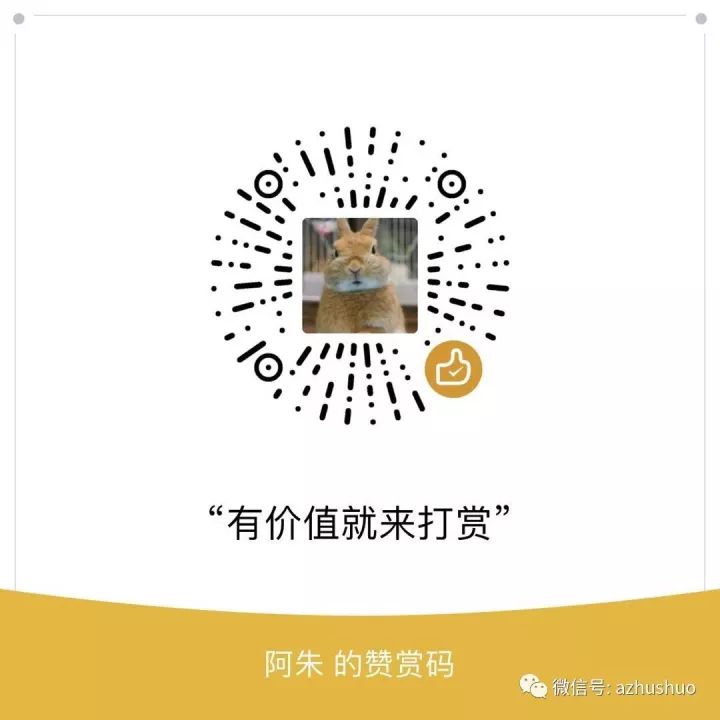(1) Research and Development Design
Whether research and development design is part of manufacturing is questionable.
However, research and development design is now moving towards 3D and simulation, such as users participating in DIY design online, 3D CAD, simulation CAE verification, simulation VRAR experience, and even prototyping: 3D printing (additive manufacturing).
(2) Smart Manufacturing
New materials, new processes, high-precision equipment, precision testing instruments, and industrial robots are certainly within the scope of smart manufacturing.
Device CPUs, industrial operating systems, CNC, PLC, DCS, and HMI are also certainly part of smart manufacturing.
Automated assembly lines and modular production units, smart unmanned warehouses, and AGV carts are also definitely within the scope of smart manufacturing.
These technologies are well-established in Europe and America, representing continuous improvements from the electrification and automation era. China needs to catch up.
(3) Industrial Internet of Things (IIoT)
Device connectivity for remote monitoring, digital twin of equipment operation, performance management of equipment load, predictive health management and maintenance, remote operations, and remote diagnosis fall under the category of the industrial Internet of Things.
Environmental monitoring, energy consumption monitoring, and safety production environment monitoring in production workshops and factories also belong to the realm of IIoT.
(4) Industrial B2B Internet
Collaboration between research and development design parties and production parties is the industrial Internet. Especially as R&D design and production are gradually separated in China, with R&D design possibly in Shanghai or Guangzhou, and production in Henan or Vietnam…
Business collaboration between production plants and upstream component suppliers is also part of the industrial Internet.
Collaborative manufacturing between integrated production plants and various component manufacturing plants is a typical example of the industrial Internet.
If this collaboration is conducted on a platform where various manufacturers along the supply chain handle collaborative business processing, and where electronic contracts, enterprise transactions, payments, invoices, settlements, and reconciliations are conducted, then that is ideal.
The industrial B2B Internet and industrial IoT are on the same starting line globally; no one is lagging behind by a generation.
(5) Industrial ERP
An internal ERP system for an industrial enterprise must still be developed.
Procurement planning, material requirements, material management, master production planning, sales and distribution management, advanced planning and scheduling (APS), manufacturing execution systems (MES), and cost accounting still need to be implemented. This does not overlap with the industrial B2B Internet or industrial IoT.
New needs must be addressed, while old ones still require improvement, which is indeed challenging for Chinese industry.
Chinese medium-sized enterprises are still struggling with four key information technology requirements:
1. Unified management of multiple factories
2. Integration of production and national retail store networks
3. Integrated management of online and offline retail
4. Integrated management of domestic and international business along the Belt and Road
